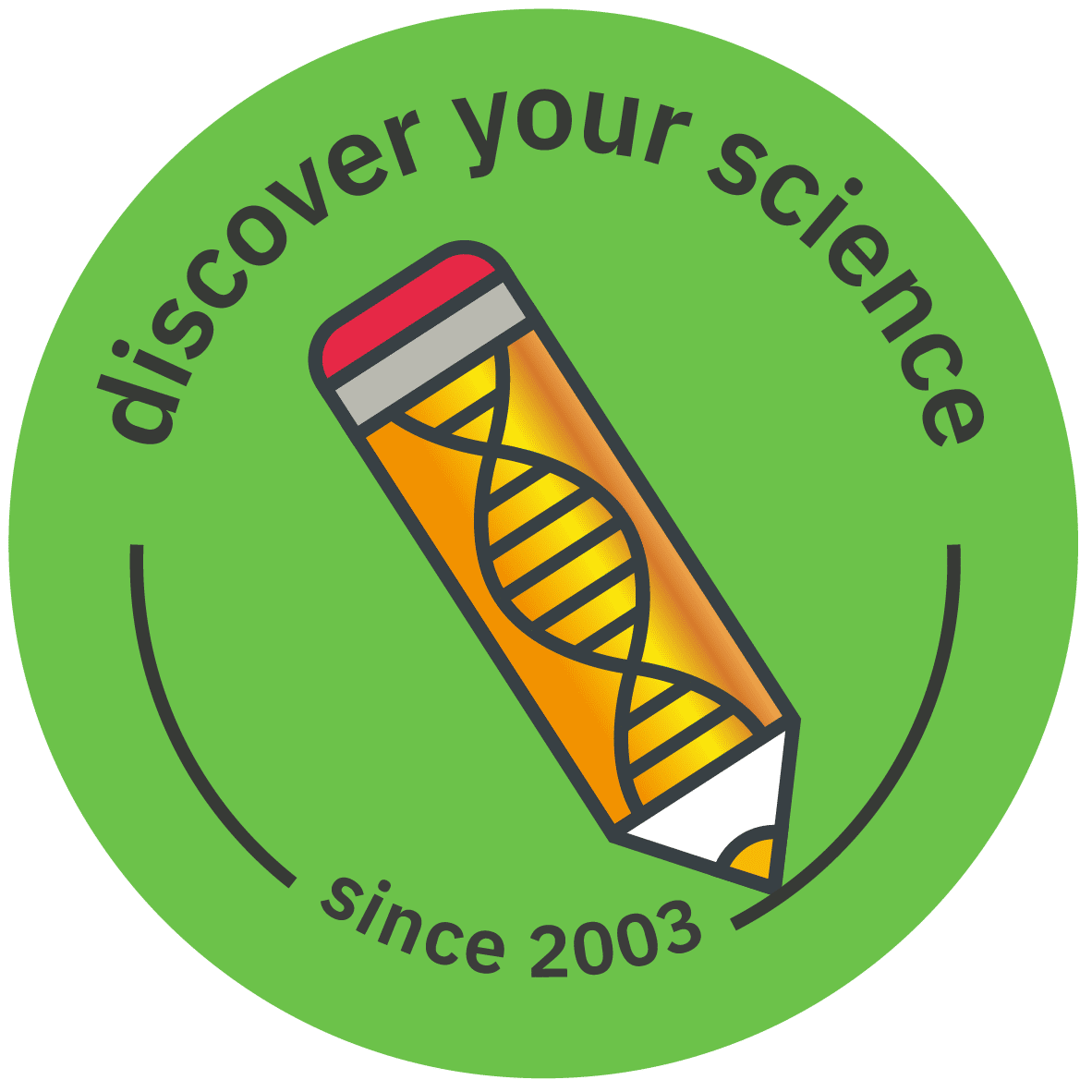Introduction
In recent years, Polymerase Chain Reaction (PCR) has gained a lot of publicity as the best method to detect viral infections. Invented in 1985, PCR has become an indispensable technique in labs worldwide and its fundamental significance, not only in life science research, was recognised by awarding the Nobel Prize to its inventor in 1993.
This paper-based, hands-on resource introduces students to PCR and encourages them to design a PCR experiment to detect viral infection. Students are guided through authentic, practical considerations researchers in a molecular biology laboratory face daily when designing a PCR experiment.
Teaching instructions
This resource is intended for students aged 16-20 years. Students should be familiar with the basic concepts of DNA, RNA and cDNA. It will also be beneficial if they already know some basics of PCR.
Step by step, the resource worksheet takes the students through the complex process of designing a PCR experiment providing them with key instructions to help them master the task.
By using this resource, the students will
- design PCR primers
- gain in-depth knowledge of PCR
- understand why this basic method is still indispensable
- solve an authentic problem
- interpret PCR results.
Resource package
The resource provides Fact Sheets to introduce the students to new topics and equip them with the information they need to complete the exercises. The teacher has the opportunity and freedom to choose which of the Fact Sheets to hand out to their students. Teachers might also ask more advanced students to prepare topics they are familiar with independently and share them with their classmates in order to craft their own Fact Sheets.
The students are tasked with designing primers and a PCR programme in order to detect a viral gene. To achieve this goal, the students use a cut-out paper mask to find potential primers in a cDNA sequence.
The resources provided with the activity also include a data sheet for the ELLS Taq Polymerase, a cut-out mask for the detection of primers and a fraction of the cDNA sequence of the SARS-CoV2 RNA-dependent RNA Polymerase.
As optional, additional material, to help students visualise the sequence of the reverse primer, a nucleotide puzzle is provided. Teachers can print out the puzzle (make sure to print enough copies to have enough of all nucleotides) and cut out the pieces. When laminated, the pieces can be re-used with several classes. The students can use the puzzle to piece together the sequence they have identified as potential primers. They can then add the complementary nucleotides and use this to read the reverse primer sequence.
Download the resource
Hover over the document window and a pop-out icon (square with an arrow inside) will appear in the top right corner. Click this to access the file for download or click on the button below.

